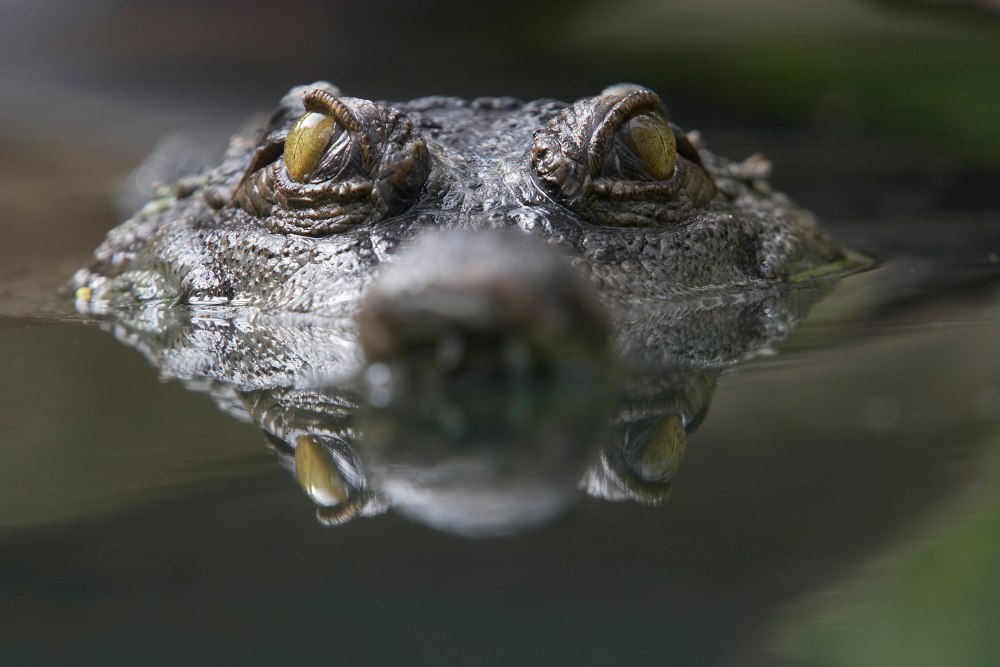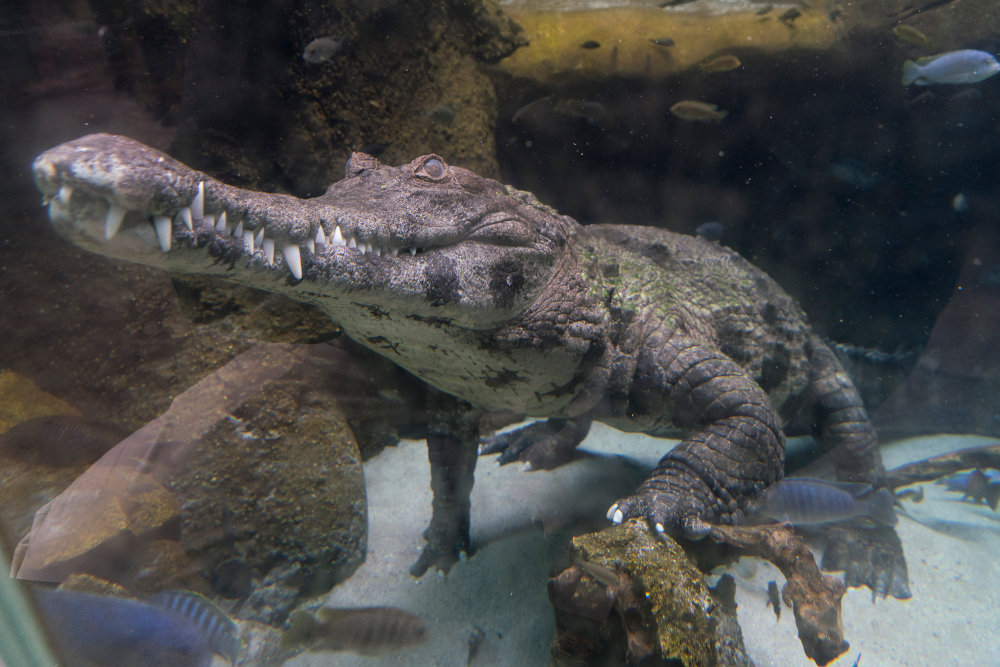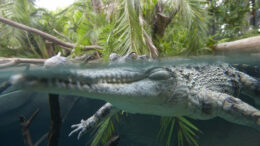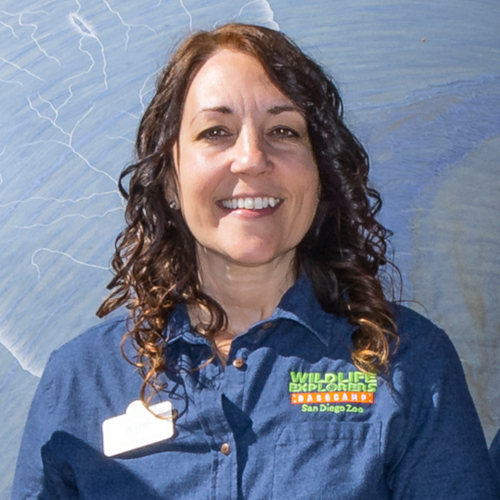Species name:
West African slender-snouted crocodile (Mecistops cataphractus)
Description:
The slender-snouted crocodile can grow to approximately 13 feet long. This species has a narrow snout, which it uses to eat fish and small mammals. Its coloring tends to vary from dark tan to light olive, with dark flecking that creates a slightly patterned, mottled look.

Where it’s found:
Slender-snouted crocodiles can be found in smaller river tributaries in densely forested habitats of West Africa, including Angola, Benin, Cameroon, Cote d’Ivoire, Equatorial Guinea, Gabon, Gambia, Ghana, Guinea, Liberia, Nigeria, Sierra Leone, Guinea-Bissau and Togo.
IUCN Red List status:
Critically endangered. They are also categorized as CITES Appendix I, which bans all international trade, and are federally listed as endangered by U.S. Fish and Wildlife Service.
Major threats:
Subsistence hunting and habitat destruction are some of the major threats faced by this species. Hunting for skins in Central and West Africa has abated due to declining population numbers and the availability of skins, and to a lesser extent from restrictions on international trade established by CITES. Modern anthropogenic pressures hampering recovery of the species include bushmeat markets; small-scale, subsistence fisheries (resulting in a reduced prey base and incidental mortality in fishing nets); and habitat modification (where large tracts of forest are cleared for cacao and rubber plantations or settlements).
Notable conservation programs:
Project Mecistops, along with work that colleagues are doing though the IUCN Crocodile Specialist Group.

My favorite experience:
We helped sponsor and participate in the third West and Central Africa Regional IUCN Crocodile Specialist Group meetings, held in Cote d’Ivoire in December 2015. These gatherings focused on helping create regional conservation initiatives, including a headstart program at the Abidjan Zoo. It was a great opportunity to meet colleagues; share advice and recommendations on animal care; and gain knowledge on how to care for eggs, incubation parameters, care and feeding of offspring, and interpretive components and related education programs.
As part of this meeting, we were also able to visit a resident population of West African slender-snouted crocodiles in a remote field site in Liberia. It was amazing to travel to such a far-flung location and see this species in its native habitat. The site was beautiful and intact. There, we lodged at a field research facility with a group of regional biology students who were just beginning their conservation careers.
What else do we need to understand or do to protect this species?
We need more field work and monitoring of remaining populations in West Africa, along with more regional protections of habitats and long-term creation of wildlife corridors to help link isolated remnant populations. I work as the Association of Zoos and Aquariums Species Survival Plan coordinator for this species, and more human care documentation of its preferred requirements is needed to share with colleagues in West Africa who care for animals in headstart and assurance colony facilities, along with best care practices implemented for headstarted animals as they near reintroduction age and size in West Africa. Increased education is also needed for regional schools and other facilities in West Africa, to help reduce hunting and impacts from habitat destruction. Finally, better understanding of diversity for cryptic species such as this is critical to help maintain healthy assurance populations in human care, to eventually serve as source populations for reintroductions into native habitats.
Key research:
Detectability and impact of repetitive surveys on threatened West African crocodylians
Systematic revision of the living African Slender-snouted Crocodiles (Mecistops Gray, 1844)
West African Slender-snouted Crocodile (Mecistops cataphractus) AZA Species Survival Plan
![]()


